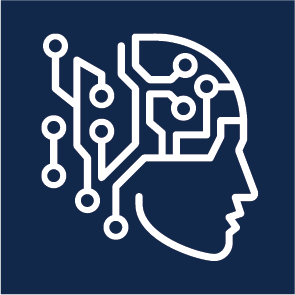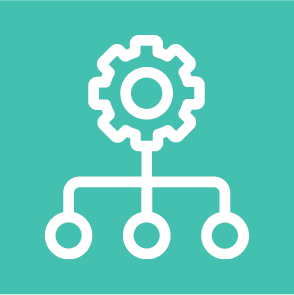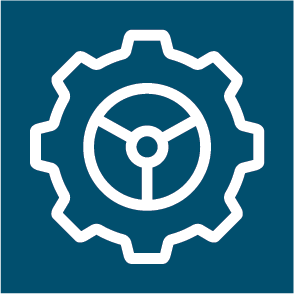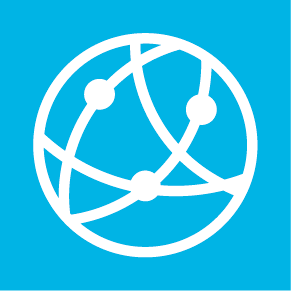The roles of
talent acquisition and HR are changing. When you talk with Jennifer Mattocks,
it’s clear that she’s here to lead that change. PeopleScout’s Executive Leader
of the Americas, Jennifer is the daughter of an artist and a mathematician –
part creative, part analytical and constantly looking for better ways to work.
Jennifer doesn’t
come from a traditional recruitment process outsourcing (RPO) background. With
more than 20 years of experience leading enterprise client management and
strategic sales teams in HR advisory services and talent assessment, Jennifer has
a broad view across the HR function and has seen firsthand the way it’s
transforming. She has a deep understanding of not just talent acquisition, but
also the full employee lifecycle.
We spoke with Jennifer at our Chicago headquarters about the changes headed for HR, the forces behind that transformation and what organisations should be doing now to be ready for what’s next.
We’re starting a new decade with historically low unemployment and skills shortages, making it more difficult to find and hire the right talent. How should employers approach their workforce planning?
Thinking about the skills shortage, there have been a few statistics that have caught my eye. One is that the World Health Organization predicts that there will be a worldwide shortage of 15 million healthcare workers by 2030. That’s not far away. This is an issue that we need to focus on now. Another is that according to the Department of Labour, 17.4% of workers in the U.S. are now foreign-born, and it’s rising. That means we need to have a global perspective when we’re looking at our workforce.
As it relates to the skills shortage, employers should be thinking about the influence of significant shifts in the talent landscape and how they address them in their workforce planning strategies. Strong talent pipelines will hinge on the idea of the fluid workforce – the idea of non-linear career development – and making sure that we have programmes in place to have the right skills at the right time in the right place.
One way to
adapt to the challenges that we’re facing in finding the right talent is
through a total workforce solution, which allows employers the flexibility to
be able to address skills shortages and low unemployment. For some industries,
healthcare included, that means we need to look at ways we can find talent with
relevant skills through non-traditional channels. Then, by closely tying
training and development with talent acquisition, we have the ability to
realign talent to roles and responsibilities that fit with their current
skills.
How do you see the role of HR transforming to adapt to the changing world of work?
One role of HR
is matching people’s skills to work. As HR and talent leaders, we know we
cannot assume that when an individual is placed in a role, that is what they
will do – or want to do – for the rest of their career. Creating nimble career
paths and opportunities for ongoing development will be critical to the success
of any HR leader going forward.
An example to illustrate the change we’ll see from HR is through how we approach career pathing. Right now, we have a career ladder that goes from bottom to top. That ladder is going to be flipped on its side – and it already has, to some degree. Individuals are seeking different skillsets or opportunities to develop within the organisation, which doesn’t always translate to a linear career progression. Employees also want to have stronger ownership and input into their own career development; we see this characterised by input particularly from the millennial and Gen Z talent, who are just starting to enter the workforce and seek variety in opportunity.
I also anticipate that we’ll see the idea of the external gig economy brought in house. Meaning, HR will serve as a hub that is responsible for moving talent throughout an organisation based on individual skillsets, the work that needs to get done and the way talent wants to work. With that, HR as a function will change, and the skills needed to succeed in HR will change, as well.
To this end, I see the need for a much tighter connection, even blending, of talent acquisition and talent development roles. Not only is HR responsible for nimbly fulfilling the talent needs of the business to deliver on the work that needs to get done today, but HR is also responsible for providing structure, resources, and tools for the development of talent pools for the future. So, we will see HR marrying those two roles to a degree we haven’t yet seen.
What is the role of technology in the changing world of HR?
HR leaders first need to have a thoughtful strategy, then make sure the technology supports and enables the strategy. With a strategic foundation in place, technology will facilitate the ability of organisations to do three things.
First is to have visibility into and a more comprehensive understanding of the talent that they have in place today, as well as the talent pools that exist both internally and externally. Second, HR leaders can leverage learning and collaboration technology to build up the skillsets that perhaps are missing or need development within the organisation. I think we’ll see a lot more innovation to come related to this. And third, HR can utilise technology, AI, and analytics to better match individuals at the right time to the work that needs to be done.
Technology will also change the HR roles we see today in a fundamental way. There’s a lot of talk about certain roles being replaced by technology and tasks replaced by automation, but we still need human thought, perspective and ethical input to drive technology to make the right decisions. The human touch will never go away and will increase in importance for organisations to be competitive.
What are you most excited about for the future of talent acquisition?
There are two
things. One is that we are at the point in which HR and talent acquisition
needs to be prescriptive to drive success. Then, HR needs to deliver on the
needs of the business while driving the engagement and productivity of the
employees. It’s going to be fun to see that shift start to be more pronounced.
I think the
other really exciting shift is one that’s personal to me, given the age of my
children, and that’s seeing Gen Z enter the workforce and even start to enter
management. This is a generation that more naturally and openly drives
inclusivity and values having an ethical decision-making process behind what
they do. They really embrace technology in novel ways, and having individuals
with those capabilities entering the workforce will be very exciting for talent
acquisition. I think it will continue to shape how we hire, promote and develop
talent, and I look forward to seeing the positive changes they bring.










